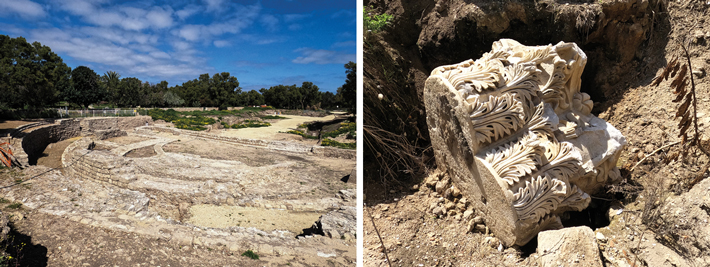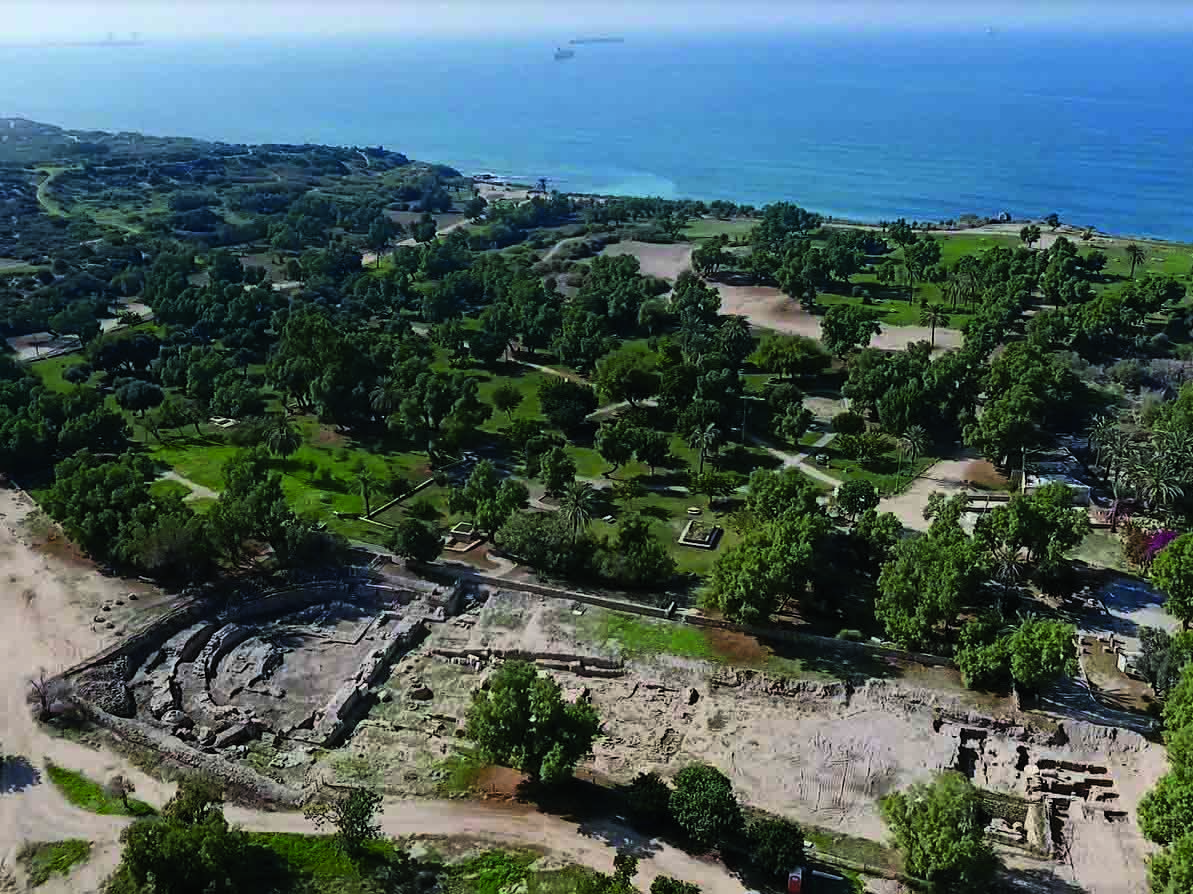
A 2,000-year-old Roman basilica complex has been uncovered in Ashkelon, on Israel’s Mediterranean coast. The structure, which measures roughly 360 feet long and 130 feet wide, was a multipurpose public building where Ashkelon’s residents would have socialized, conducted business transactions, and even attended theater performances. It includes a colonnade with marble columns standing some 40 feet tall as well as a central hall and two side halls. The floors and walls of the building were also made of marble, which is thought to have been imported from what is now Turkey. The team, led by Israel Antiquities Authority archaeologists Rachel Bar-Natan, Sa’ar Ganor, and Federico Kobrin, uncovered coins near the building’s foundations that date to the reign of Herod the Great (37–4 B.C.), who was renowned for his ambitious building projects. Some historical sources suggest that Herod’s family came from Ashkelon, explains Bar-Natan, suggesting the basilica may have been constructed during the rule of a king who had personal connections to the city.












